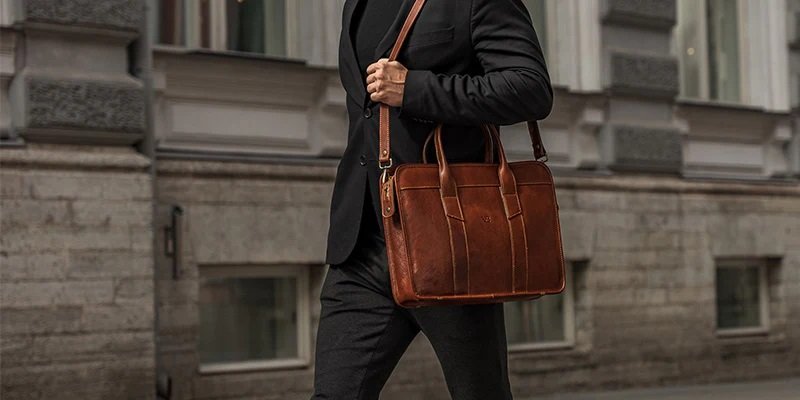Fashionably Enslaved? Pierre Bergé Lumps Creators Together with Dictators
by Sarah Ghanem
Many women preferring modest clothing can feel that there is a modest fashion revolution brewing around the globe. Earlier this year, Dolce & Gabbana graced international headlines when it announced its collection of silky abaya and bright scarves for Muslim women. H&M, one of the largest international fashion retailers, also became the pioneer in giving visibility to hijabi Muslim women by featuring Mariah Idrisi in its Close the Loop campaign. There have been a lot of support for both, but not everyone is happy.
Islamic fashion through different perspectives
Most recently, Pierre Bergé accused fashion creators of taking part in the “enslavement of women” after many fashion houses followed suit of Dolce & Gabbana’s successful hijab and abaya line. The Frenchman referred to Islamic fashion as “abominable” and fashion designers should not be encouraging this practice. They should instead work on beautifying and liberating women from a veiled life.
At the other end of the spectrum, those who choose to cover more in the act of becoming closer to God would probably agree with me that a modest wardrobe allows us to move more freely and confidently. This is because we do not need to worry about flashing other people while we are out and about leading our lives. The carefreeness allows us to concentrate more on our intellect rather than how our appearances would affect others. Therefore, I welcome the efforts made by fashion houses and retailers to connect with Muslim women more through fashion and merchandises.
A humble piece of cloth can fire a lifelong discussion
For many years, the wardrobe of Muslim women has always been a source of debate across the world—both by Muslims and non-Muslims alike. Depending on who you ask, the act of dressing modestly and covering up one’s hair can either be a symbol of liberation or oppression. Those who critique the hijab see the piece of cloth as rejecting progressive values and a barrier to women embracing their full individual potential.
For many uninitiated non-Muslims and secular Muslims, the call for a conservative way of dress is a symbol for the suppression of women in Islam that is encoded in both religious texts that are often enforced by cultural traditions and law. A veiled life is seen as a barrier for women from being fully engaged with the world and vice versa.
There is no denying that these are the realities women faced in some parts of the world due to the specific cultural practices in these countries with Islam itself. However, I feel that in most circumstances, the main reason Muslim women are not able to participate more in society is the negative perceptions of Islam and the hijab itself.
How can a hijabi Muslim woman ‘advances’ herself when prejudice hinders her from doing so? In 2012, a British parliamentary report discovered that hijabi women are less favoured for employment. Over in the United States, a hijabi woman was denied a sales position in Abercrombie & Fitch in 2008 because her hijab violated its “look policy”. This form of prejudice holds back Muslim women more than the hijab ever could.
Moving forward
While the Dolce & Gabbana line was not exactly new and innovative, I commend the fashion house’s move in a time of heightened discrimination and prejudice towards Muslim. The fact that the fashion ads used Caucasian models, were not sexualised and look practical marks a significance in making modest fashion more inclusive without breaching the chasm between Islam and the West.
I know that many Muslim women are hoping for the more major retailer to add “Muslim fashion” into their repertoire but I digress. I would love to see more brands being more “modest friendly” instead of showcasing a generalised “Muslim fashion” because there are so many ways Muslim women interpret modesty. Once fashion brands stop hypersexualising women and free us of unfortunate prejudice, we will return independence to all women of all walks of life.
Sarah is a hijabista and fashion consultant at Modanisa, who is always on the lookout for the latest trends in Muslim wear for women. She is also keen to explore the intricacies of the Western and Islamic fashion world and she happily shares her thoughts with readers from all over the world.













